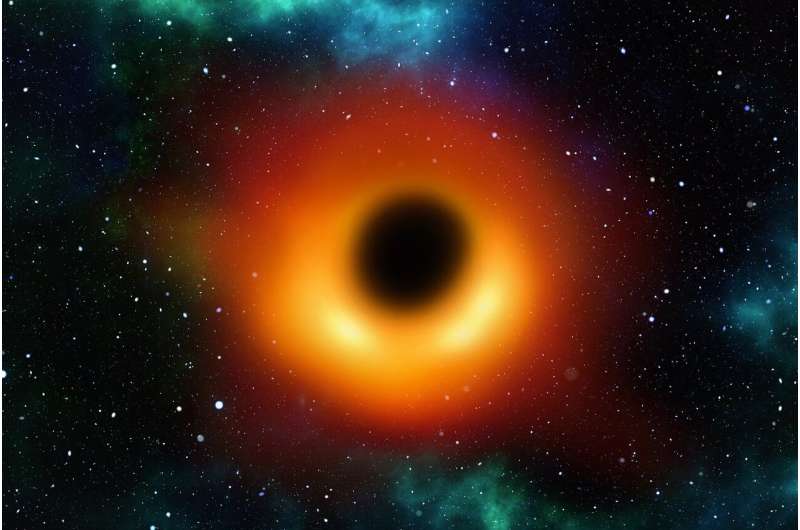Research conducted by scientists at the Niels Bohr Institute, University of Lisbon, and other institutions has revealed that mergers of black holes could produce observable gravitational-wave tails. These tails, which could persist after the primary gravitational waves fade, offer new insights into the complex nature of spacetime and the mechanics of black hole interactions.
The study, detailed in a paper published on November 13, 2025, in Physical Review Letters, builds upon Einstein’s general theory of relativity. It suggests that not only do these late-time gravitational-wave tails exist, but they could also possess greater amplitudes than previously theorized, making them detectable by future experiments.
Understanding Late-Time Gravitational-Wave Tails
When two black holes merge, they create ripples in spacetime known as gravitational waves. After the initial wave emission, a phenomenon referred to as the ringdown occurs. During this phase, the newly formed black hole emits a combination of vibrations as it returns to equilibrium. Marina De Amicis, the first author of the study, explained, “Our paper shows that the ringdown is not the end of the story.” Following this phase, space and time may remain slightly distorted, producing what is known as a ‘tail’ signal.
These tails provide complementary information to the ringdown signals and could enhance our understanding of the large-scale structure of the universe. The research team aimed to investigate whether tails exist in more complex scenarios involving realistic black hole mergers, beyond simpler models previously used.
Innovative Simulation Techniques
To explore the nature of these tails, researchers conducted numerical simulations based on Einstein’s equations. De Amicis highlighted two primary challenges in detecting these subtle signals. First, tails are generally weak and often masked by numerical noise present in simulations. To mitigate this, the team focused on configurations that would amplify tail signals, particularly through head-on collisions.
The second challenge arises from the limited spatial coverage of numerical simulations, which can truncate the tail and introduce artifacts that obscure the signal. By extending the spatial scope of their simulations, the researchers successfully captured the tail within a timeframe relevant for observations.
Their findings indicate that, while these tails resemble predictions from earlier perturbation theory, they also reveal a deeper aspect of gravity’s nonlinear interactions. De Amicis noted, “What is remarkable is that we not only found a new way to study this aspect of gravity, but we discovered it at late times—long after the binary merger itself.”
The implications of this research are significant. The team’s simulations suggest that nonlinear effects may be detectable not only during the merger phase but also for an extended period afterward. “We want to understand the nonlinear content of the late-time tail to see what this part of the signal can reveal about general relativity and the nature of our universe,” De Amicis concluded.
As gravitational-wave observatories continue to improve, this work lays the groundwork for future studies of black hole mergers and their aftermath. These findings could enable scientists to identify specific features of the universe that could be illuminated by the detection of gravitational-wave tails.
This article was reviewed by Robert Egan and is part of a commitment to delivering credible and insightful scientific journalism.
